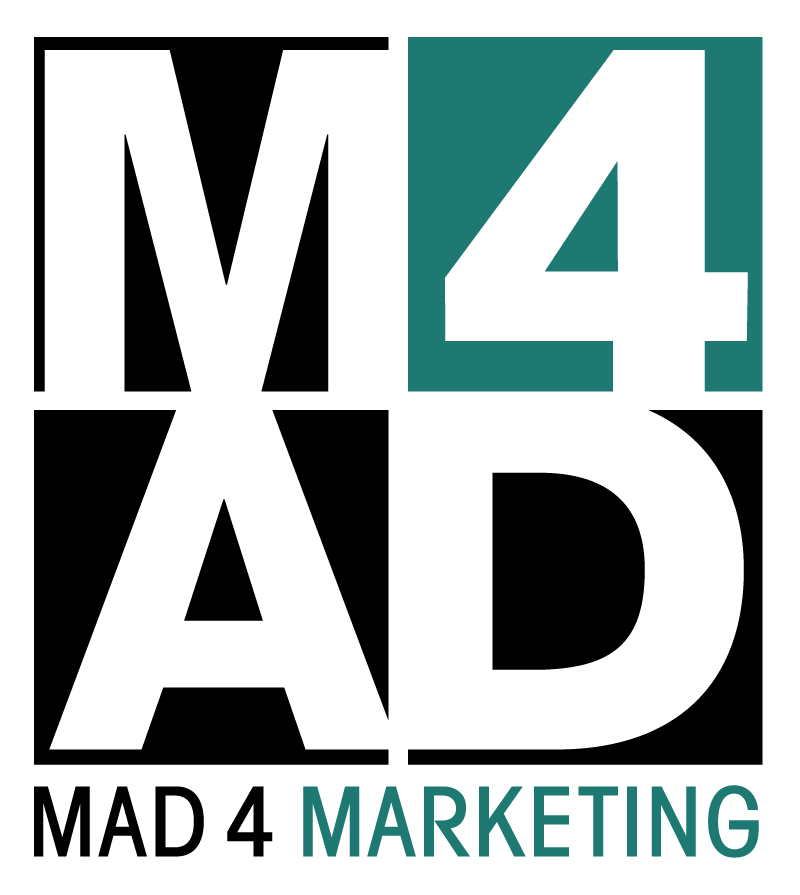When you’re promoting yourself or your business, there are certain rules by which you have to abide. You need to offer personalized services and transparent data in order to stand out. But those are just the umbrella topics; by themselves, they may just seem like jargon. In the coming three weeks, Mad 4 Marketing aims to break these concepts down into more approachable and executable tactics. First up, we’re covering Personalization.
Personalization is the combination of two basic ideas: giving your own brand a very specific identity and personalizing your marketing efforts to recipients. Let’s look at it first from the angle of your business.
- Promote what’s different about your company. Instead of listing every single one of your many benefits, sort out your business attributes into those that are unexpected and expected. For example, if you’re a restaurant it’s sort of obvious to say that you serve hot food and cold drinks. This isn’t where you want to waste verbiage and visual space when it comes to marketing copy and creative. Instead, weed out the details that are very specific to just your restaurant. Is it a special dish created by the chef? Is it your unique location or décor?
On that same note, don’t be afraid to point out how you’re different from your competitors. This doesn’t need to lead to badmouthing your rivals, but comparing yourself to them is a healthy activity for internal use as well as external advertisements. If your competitor doesn’t serve desserts, than you can focus on your cakes and pies even if they’re just a small slice of your total menu.
It also helps to given customers personal information about the owners and operators of your company. Then, instead of thinking of a logo and tagline when they think of your brand, they can actually connect a face and a name. This helps with building relationships down the line. For example, an “about” page on a website should feature some pictures of your staff along with blurbs that make them seem like three-dimensional, approachable individuals. Try to find the interesting aspects of their character, since this will entice readers more than a boring synopsis of previous employers and work experience.
You can also orchestrate local appearances and sponsorships where representatives from your company actually interact with the community. Once people feel like they know you one-on-one and associate the company’s image with friendly individuals, they’re more likely to reach out to you in the future.
By picking out and highlighting the big and small traits that make you special, you begin to create a memorable personality profile. Now your angles will stick out in the minds of those who see your marketing.
Check back next week for our second chapter on Personalization.
